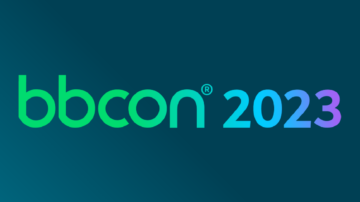Who, Where, What, and Why? Data Management in K–12 Schools

Name, address, phone number, email, medical records, financial information. Data is everywhere—in every filing cabinet and software system—making it more critical than ever for schools and nonprofits to manage it properly and use that data to make more informed decisions. How are you collecting, storing, and accessing that data? Do you have the right tools? Do you have the support to use it effectively? Are you asking the right questions?
To ensure your data is accurate, accessible, and secure, you need a school- or organization-wide data management program with four simple and essential goals:
- Ask the right questions
- Identify, clean, and organize the data
- Manage data access
- Document data policies
At my school, two resources inspired our approach to data and data visualization: Simon Sinek’s book Start with Why and Warren Berger’s book A More Beautiful Question. We begin each data dive by asking “Why” and then ensure we ask the right questions to guide us down the right path. One of the principles of A More Beautiful Question is to continue to question your questions until you get to the more beautiful question for the problem you are trying to solve.
“A beautiful question is an ambitious yet actionable question that can begin to shift the way we perceive or think about something—and that might serve as a catalyst to bring about change.” – Warren Berger
When starting our data program, we began with these questions:
- Why are we collecting data?
- What data does our school need?
- Where is it stored?
- Who should have access to that information?
- How can it be used for strategic decision-making?
We also discussed how to incorporate existing and third-party tools to help with data management and problem-solving. The Student Information System, accounting system, and fundraising CRM all contain critical data points. We chose a total school solution in which they are fully integrated, empowering us with consistent data across school offices.
When determining who should have access and to what information, we started by defining roles within the school. Each had different use cases, and we created role-based access so everyone could get the data and reporting they needed without compromising data security.
A data management process should be simple to follow and easy to communicate. It involves working collaboratively with the department or person(s) requesting the data and ensuring the reports they receive accomplish set goals.
There are many areas in which data can help influence our decision-making, from supporting academic initiatives that drive student outcomes to budget allocation and donor engagement strategies. It is essential to prioritize those connected to your strategic plan and the school or organization’s mission and philosophy.



